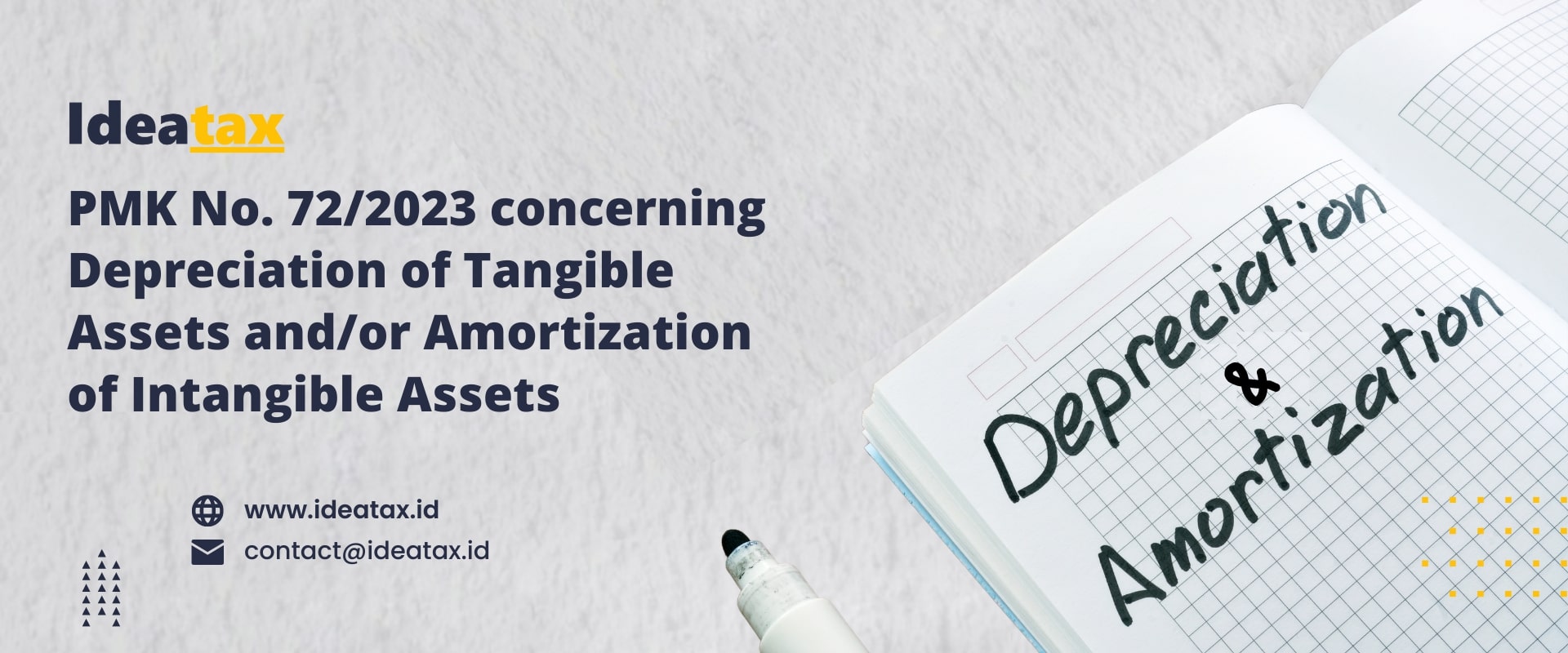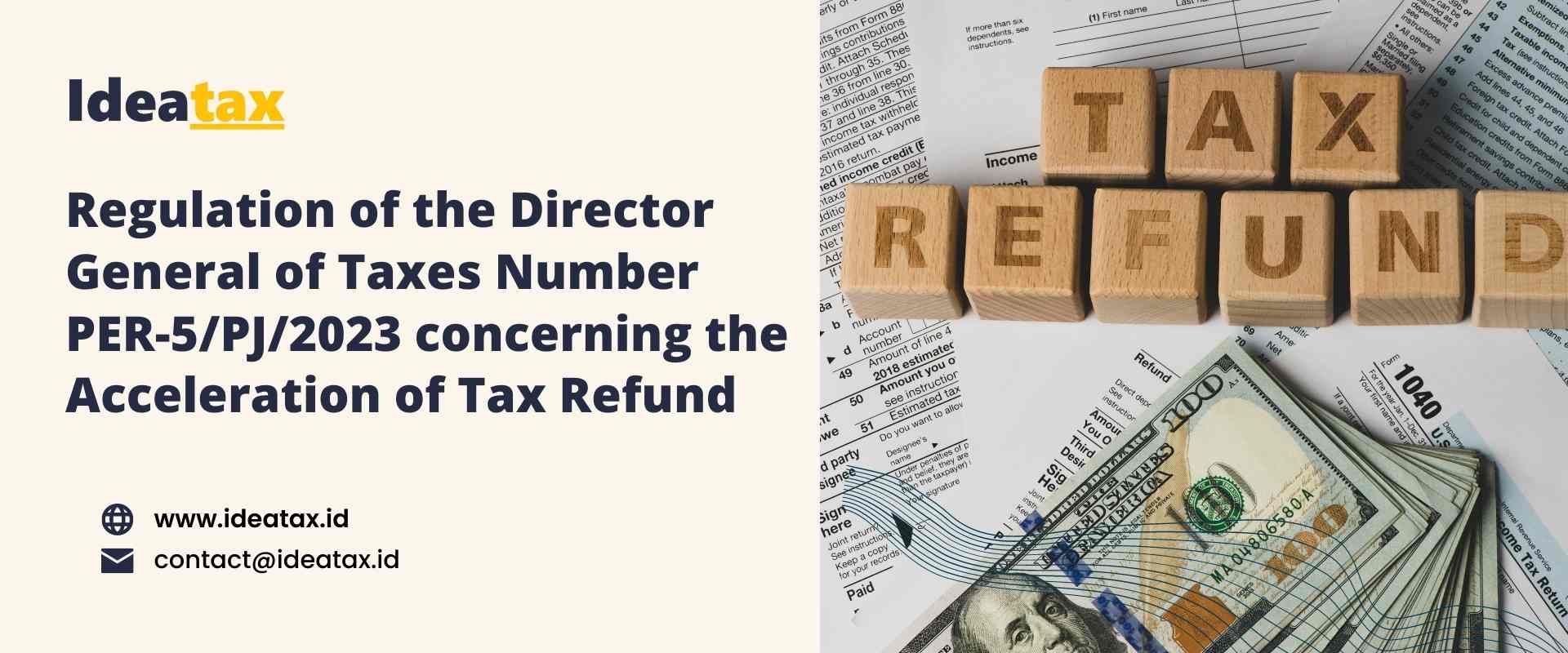Hello, is there anything we can help?

The New Era of Tax Assessment
Jakarta, Ideatax -- Literally, assessment is defined as the process, method, or act of evaluating or assigning a value in the form of quantity, quality, or grade (KBBI, 2023). On the other hand, FASB (2023) defines assessment as the process of assessing a company's assets in accordance with GAAP (Generally Accepted Accounting Principles). However, in the context of taxation, assessment is interpreted as a series of activities aimed at determining the value of a subject of assessment at a specific point in time, carried out objectively and professionally based on an assessment standard in order to comply with tax regulations.
Recently, the government issued a Minister of Finance Regulation that regulates technical guidelines for tax assessment. Through Minister of Finance Regulation Number 79 of 2023 concerning Procedures for Assessment for Taxation Purposes, the government hopes to achieve fairness and legal certainty in the implementation of assessment in the field of taxation. Previously, provisions regarding assessment for taxation purposes were governed by separate regulations. For example, the guidelines for the assessment of land and buildings for tax purposes were separately regulated in PMK 208 of 2018.
There are two general objectives of assessment for taxation purposes as stipulated in PMK 79 of 2023: first, to determine the value of land and building tax objects for the purpose of determining the taxable object's selling value. Second, to determine the value of tangible assets, intangible assets, and businesses.
Assessment of Land and Building Tax (PBB)
Objects Assessment to determine the Value of PBB Objects as referred to above can be carried out for the current tax year or the tax year preceding the current year. In addition, the assessment to determine the Value of PBB Objects can also be conducted through office assessment or field assessment. It should be noted that office assessment is the activity of analyzing data on PBB objects based on the Tax Object Notification (SPOP) data submitted by the Taxpayer with the aim of issuing the Land and Building Tax Due Notification (SPPT) for PBB.
On the other hand, field research is the activity of identifying, collecting, and analyzing data related to PBB objects to determine the Value of PBB Objects in the implementation of supervision, examination, objection settlement, reduction of PBB determination, preliminary evidence examination, and investigation. Furthermore, PMK 79 also regulates that the results of field research are used as the basis for calculating the outstanding PBB in the SPPT PBB during supervision, PBB Examination Decisions, PBB Objection Decisions, PBB Reduction Decisions, calculation of state losses during preliminary evidence examination, and calculation and recovery of state income losses during investigation.
Assessment to Determine the Value of Tangible Assets, Intangible Assets, and Businesses
Assessment to determine the value of tangible assets, intangible assets, and businesses can be conducted for one or several tax periods, tax parts, and tax years. Similarly to PBB assessment, assessment to determine the value of tangible assets, intangible assets, and businesses can be carried out through office assessment or field assessment.
Office assessment and field assessment as referred to above are conducted in the implementation of tax inspection, Mutual Agreement Procedures (MAP), Advance Price Agreements (APA), objection settlement, tax determination reduction or cancellation, collection, preliminary evidence examination, and investigation in the field of taxation.
There are several types of tangible assets that can be assessed for tax purposes, including: land and/or water, buildings, machinery and/or equipment including installations, transportation equipment, heavy machinery, vehicles, building equipment and supplies, furniture, electronic equipment, medical equipment, laboratory equipment and utilities, communication equipment and communication devices, art and jewelry, and biological assets.
On the other hand, intangible assets that can be assessed for tax purposes include: marketing-related intangible assets, customer-related intangible assets, art-related intangible assets, company contract-related intangible assets, technology-related intangible assets, research and development-related intangible assets, and goodwill-related intangible assets.
In addition, assessment to determine the business value includes the assessment of business entities, participation in open or closed companies, financial instruments in open or closed companies, and the fairness of accounting contained in financial statements.
There are eighteen values of tangible assets, intangible assets, and businesses obtained from assessments, including:
-
Value of compensation in kind and/or benefits;
-
Income from the transfer of assets and buildings;
-
Acquisition or sale price in the event of the sale of assets influenced by special relationships;
-
Acquisition or sale value in the event of asset exchange;
-
Acquisition or transfer value of assets in the event of liquidation, merger, consolidation, expansion, division, or business takeover;
-
The basis for the transfer of assets is the book value or the value determined by the Director General of Taxes;
-
Acquisition price or book value of tangible assets that affect depreciation costs;
-
Acquisition price or book value of intangible assets that affect the amount of amortization;
-
Value to determine the return of income and deductions as capital;
-
Fair transaction price between parties with special relationships;
-
Fair market value for taxable goods or assets originally not intended for sale;
-
Sale price or replacement value calculated based on fair market value;
-
Value of self-construction activities as the amount spent and/or paid for self-construction;
-
Fair market price for the delivery of taxable goods in the form of assets originally not intended for sale;
-
Limit price for the sale of confiscated goods at auction;
-
Value of confiscated goods;
-
Sale price of confiscated goods exempted from auction sales.
Assessment Procedures
To carry out assessments for taxation purposes, Minister of Finance Regulation Number 79 of 2023 stipulates that there are four stages to be passed: preparation of assessment materials, collection of object data and supporting assessment data, analysis of object data and supporting assessment data, application of the appropriate assessment approach for the assessment object, and preparation of the assessment report.
Preparation of assessment documents is a series of activities to collect basic assessment assignment documents, assessment plan and work program documents, and preparation of the necessary facilities and infrastructure for the assessment implementation. In collecting data and supporting data for assessment, assessors may view or borrow books, records, and other supporting documents related to the assessment object and request oral or written information related to the taxpayer's assessment object. In addition, assessors may also conduct field inspections for assessment purposes and request taxpayers or their authorized representatives to provide support during field inspections.
Minister of Finance Regulation Number 79 of 2023 stipulates that there are two types of analysis of object data and supporting assessment data: analysis of object data to determine the value of land and building tax objects and analysis of object data to assess tangible assets, intangible assets, and businesses.
Regarding Working Papers and Assessment Reports, PMK 79 of 2023 stipulates that the assessment team prepares assessment working papers that serve as evidence of assessment activities, the basis for preparing assessment reports, sources of data and information for completing the tasks and functions of the Directorate General of Taxes (DJP), and as reference materials for subsequent assessments.
Furthermore, based on the assessment working papers that have been prepared, the research team compiles an Assessment Report that contains at least: the assessment assignment, the date of the start of the assessment, information about the assessed object, the taxpayer's identity, available data and information, assessment approach, value conclusions, date of the assessment report, and the signature of the assessment team.
That is a brief overview of assessment for taxation purposes, with the hope that taxpayers can understand and ensure that tax assessments are conducted in accordance with standards and procedures













